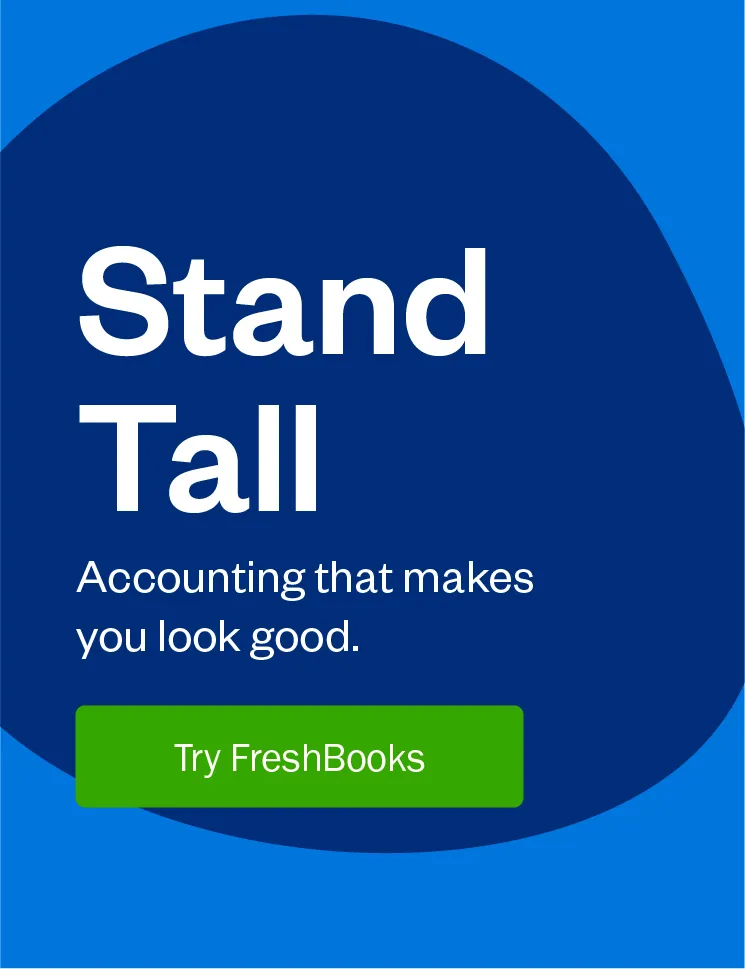
Form 8829 is a tax form you fill out to claim your home office expenses (so if you work from home—this means you).

Form 8829, Expenses for Business Use of Your Home, is an important form for many business owners who use part of their home for business. But it can be a little daunting, especially since it references other forms.
But don’t stress just yet. Below, you’ll find an easy-to-understand breakdown of each section of the form and explanations of some of the trickier lines. Along with the explanations, you can access Form 8829 below, along with information on each section.
This is intended as a guide only, and links to the IRS’s full instructions have been included. Since each business is unique, if you have any specific questions, it is always best to talk to an accountant.
If you have a home office and want to take advantage of deducting related expenses, you’ll want to take a look at Form 8829. This form is one way that you can deduct the allowable expenses on your tax return, potentially saving you a lot of money on your tax bill. Form 8829 gets filed along with your 1040 personal tax return.

The IRS is very specific about what does and doesn’t qualify as a home office. If you want to claim a home office deduction, there must be a part of your home that is used exclusively and regularly as your principal place of business.
“To be used exclusively” means that you have to have a separate space that is only used for business. Working from your kitchen table doesn’t allow you to qualify for a home office deduction because it’s not exclusive use. After all, you use your kitchen for your personal life as well. But working from a separate bedroom that has been designated to be used only as a home office would qualify as exclusive use.
There is an exception for the exclusivity requirement if you run a daycare. The IRS understands that you may not have an area that is used exclusively for the daycare, so the exclusive use requirement doesn’t apply. See the instructions for more explanation of the exception.
In addition to exclusive use, your home office must be your principal place of business. A principal place of business can include:
If you use your home office to do most of your management activities, for example, but also do some occasionally from your hotel room while traveling, your home office could still qualify for the deduction. Or, if you meet clients outside of your home but still do most of your management activities in your home office, your home office may still qualify for the deduction.
If you use part of your home as storage space for inventory and samples, and have no other fixed location for your business, that space can also qualify for the home office deduction.
While tax Form 8829 can save you money, it can also be cumbersome to fill out. That’s why the IRS introduced the simplified home office deduction method. If your home office is fewer than 300 square feet, you could qualify to use this method. Rather than itemizing all expenses, you claim a standard deduction of $5 per square foot.
For example, if your home office is 250 square feet, you’d claim a home office deduction of $1,250. The IRS has published a comparison of the two home office deduction methods.
Some parts of the form can be complicated. We’ll walk through each section and help you decode what certain lines are asking for. To make things easier, before you start you should gather:
Form 8829 (Expenses for Business Use of Home) is an important from for many business owners who use part of their home for business.
In Part 1 of Form 8829, you’re going to calculate the percentage of your home used in business. If your business is not a daycare, you can simply divide the area of your home used regularly and exclusively for business or inventory by the total area of your home.
For example, if your home office is 400 square feet and the total size of your home (including the home office) is 2,000 square feet, the percentage of your home used in business is 20%.
This percentage will be used throughout the rest of the form to figure out your allowable deduction, so take the time to get it right.
If your business is a daycare, you’ll need to calculate the percentage of time your home is used as a daycare, rather than calculating the area. The form will walk you through how to do that calculation.
Now it’s time to calculate your allowable deduction. The section begins with the potentially tricky Line 8.
Line 8: Most people simply need to enter the value of Line 29 from their Schedule C onto Line 8 of Form 8829. But here’s where it can get tricky. If you had any capital gains or losses from the business use of your home, you have to account for them here. If you work from home as well as from another location, you have to enter the percentage of Line 7 from your Schedule C that represents the percentage of income earned from home. Check out the IRS site for more information and to help clarify your specific situation.
When filling out the remainder of this section, you’ll see two columns: one for direct expenses and one for indirect expenses. You’ll generally want to enter 100% of indirect expenses in column B. In other words, enter the entire electricity bill delivered to your home. The IRS guide has more information.
Before you begin filling it out, you’ll want to brush up on the definition of direct vs. indirect expenses.
Now that you’ve brushed up on the difference, it’s time to fill out your direct and indirect expenses:
Line 9: If you have losses from casualty and are filling out Form 4684 then you’ll need to fill out this line. For more instructions, see the IRS website.
Line 10: This is where you would enter interest paid on your mortgage. It is considered an indirect expense unless you have mortgage interest specifically for a separate structure you use to run your business. Since you can also claim mortgage interest on your Schedule A, it is worth looking into the IRS rules about how to manage the two.
Line 11: This is where you would enter any real estate tax you have paid. It is considered an indirect expense unless you have real estate taxes specifically for a separate structure you use to run your business. Since you can also claim real estate taxes on your Schedule A it is worth looking into the IRS rules about how to manage the two.
Line 16: What you enter for the home mortgage deduction will depend on what you’ve already claimed. If you claimed the standard deduction, you’ll enter all the home mortgage interest you paid in column B.
If you itemize deductions but didn’t claim the full amount of interest paid because of limits on how much you can claim as a personal expense, you’ll include the excess (the amount you weren’t able to claim) in column B.
Line 17: Just like with the home mortgage interest deduction, how you fill this out will depend on whether you take the standard deduction or itemize. If you use the standard deduction, enter the total amount you paid in property taxes in column B.
Line 18: Enter the amount paid for homeowners insurance. Generally this will go in column B.
Line 19: If you rent as opposed to own your home, enter the amount you pay in rent. Generally this will go in column B. For more info check out the IRS guide.
Line 20: Enter the amount you spent on repairs and maintenance for your home. These can fall into both column A or B, depending on the nature of the work done—whether it was a direct or indirect expense for your home office. For example, if you had to get the furnace repaired, it would be entered in the indirect column (B). But if you got your office repainted, that would be entered in the direct column (A).
Line 21: Enter the amount spent on utilities. These can fall into both the direct (A) and indirect (B) columns depending on the utility. For example, your electricity bill would fall into the indirect column (B) because it’s a bill for electricity for your entire home. But if the expense is for your landline phone that was only used for business, that would land in column A, direct expenses.

Line 22: This is where you can include any other business use of home expenses that weren’t covered elsewhere. For example, you could include neighborhood association dues here. For more info check out the IRS guide for this section.
Line 28: If you have casualty losses beyond what you entered on Line 9, multiply them by the business percentage of those losses and enter the result on Line 28. The IRS’s guide has more information if you need it.
Line 30: You’ll need to jump down to section three to calculate the depreciation on your home before you can enter a number on this line.
Line 36: After a few more calculations, you’ll finally end this section with the total allowable expenses for the business use of your home. You’ll want to take this number and also enter it on Schedule C.
Remember Line 30 up in Part 2? This is where you calculate the depreciation deduction that you take. You take a depreciation deduction using the percentage of your home used in business and the smaller of your home’s adjusted basis or its fair market value. Depreciation is only taken on your home, not on the land.
The instructions walk you through how to do the depreciation deduction calculation. You may want to consult an accountant to help you get the numbers right.
You may not be able to claim a deduction for all of your expenses this year. If your expenses exceed the limit that you can take for a deduction, the remaining expenses aren’t allowed this year. Anything that is unallowed can be carried over to next year.
A home office deduction is a valuable deduction for business owners who use their home as their principal place of business. It is important to keep accurate records to fill out Form 8829 correctly. If you have any questions, a tax adviser can help.
This post was updated in January 2024.

Written by Erica Gellerman, Freelance Contributor
Posted on March 27, 2015